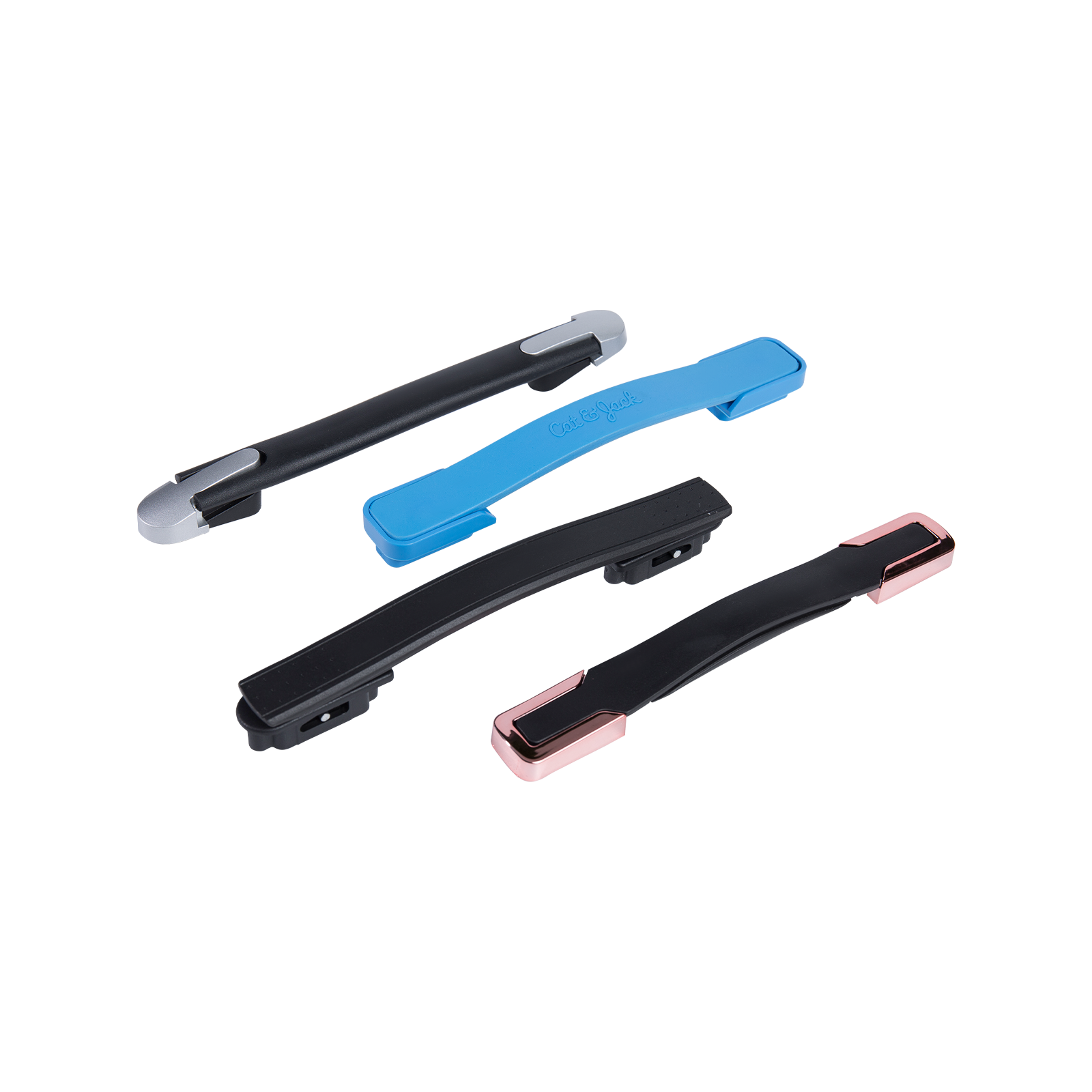The design of a travel bag handle can significantly reduce strain on the hand and wrist if it incorporates ergonomic principles and thoughtful construction. Here are some design features that contribute to reducing strain:
Ergonomic Shape:
Handles that are contoured to fit the natural shape of the hand distribute pressure more evenly across the palm, reducing localized strain and discomfort.
Rounded or padded edges prevent sharp pressure points.
Padding and Grip Material:

Soft, cushioned materials such as foam, rubber, or gel provide a comfortable grip, absorbing some of the impact and pressure that would otherwise be transferred to the hand and wrist.
Non-slip materials ensure a secure hold, preventing the need for a tight grip which can cause strain.
Width and Thickness:
Handles with an adequate width and thickness offer better support and distribute weight more evenly, preventing the hand from cramping.
Handles that are too thin can dig into the hand, while overly thick handles may be difficult to grasp firmly.
Adjustability:
Telescoping handles with adjustable heights allow users to set the handle to a comfortable height, reducing the need to bend or extend the arm awkwardly.
Multi-height settings accommodate different user preferences and physical statures.
Rotating or Swiveling Handles:
Some handles are designed to rotate or swivel, allowing the wrist to stay in a neutral position while the bag is being maneuvered. This reduces the twisting motion that can lead to strain.
Balanced Weight Distribution:
Handles positioned to balance the bag's weight evenly prevent uneven loading, which can cause strain on one side of the body.
Well-designed handles ensure that the bag's center of gravity is maintained, reducing the effort required to carry or pull the bag.
Retractable Mechanism:
Smooth and easy-to-operate retractable mechanisms reduce the force needed to extend or collapse the handle, preventing jerky motions that can cause wrist strain.
Length of the Handle:
Long enough to allow users to walk comfortably without the bag hitting their heels, but short enough to maintain control and stability.
Proper handle length minimizes the need for awkward arm positions.
Specific Design Features in Various Handle Types:
Single-Bar Handles:
Typically found on rolling suitcases, these handles often include padded grips and telescoping features to ensure ergonomic use.
Double-Bar Handles:
Offer more stability and even weight distribution, which can help in reducing strain, especially in larger suitcases.
Side and Top Handles:
Often padded and designed with ergonomics in mind, these handles provide a comfortable grip when lifting the bag.
Backpack Handles:
Padded and strategically placed to ensure easy carrying without adding strain to the wrist or hand.
By incorporating these features, travel bag handles can significantly reduce strain on the hand and wrist, making the bag more comfortable to use over extended periods. When selecting a travel bag, it's important to test the handle design to ensure it meets your ergonomic needs and preferences.




 Español
Español











